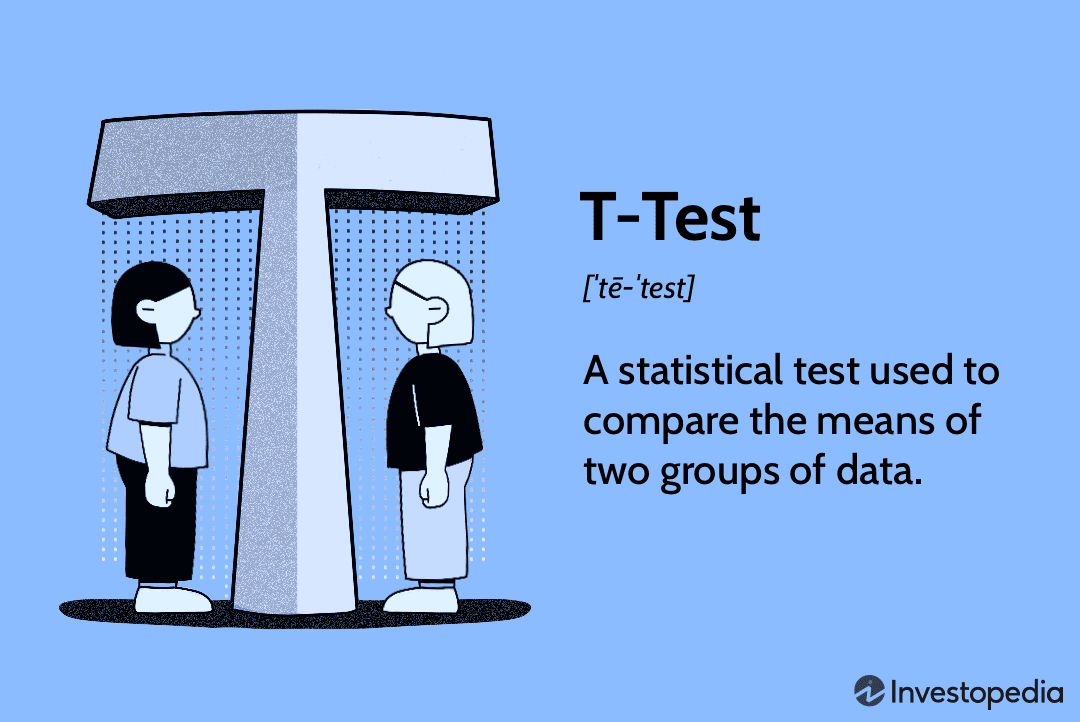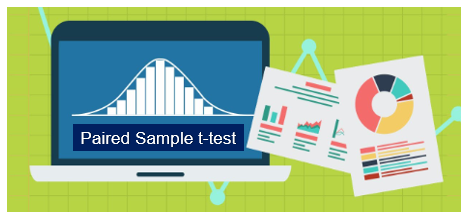SPSS (Statistical Package for the Social Sciences) is a powerful software package used for data analysis in research. It is used by researchers in many different fields, including psychology, sociology, economics, and education. SPSS is a comprehensive statistical package that can be used to analyze data from surveys, experiments, and other sources. This guide will provide an overview of how to use SPSS for analyzing data in research. It will cover topics such as data entry, data manipulation, descriptive statistics, and inferential statistics. It will also provide tips on how to interpret the results of your analysis. By the end of this guide, you should have a better understanding of how to use SPSS for analyzing data in research.
Step-by-Step Guide to Using SPSS for Data Analysis in Research
1. Begin by launching SPSS and opening the data file you wish to analyze.
2. Once the data file is open, you can begin to explore the data. Start by looking at the descriptive statistics for the variables in the data set. This will give you an overview of the data and help you identify any outliers or patterns.
3. Once you have a better understanding of the data, you can begin to run more specific analyses. Depending on the type of research you are conducting, you may want to run a correlation analysis, a regression analysis, or a factor analysis.
4. After running the appropriate analyses, you can begin to interpret the results. Make sure to pay attention to the p-values and other statistical measures to determine the significance of the results.
5. Once you have interpreted the results, you can begin to draw conclusions from the data. Make sure to consider any limitations of the data or analyses that may have impacted the results.
6. Finally, you can write up your findings in a report or paper. Make sure to include a discussion of the results, as well as any implications for future research.
Exploring the Benefits of SPSS for Data Analysis in Research
Data analysis is an essential part of any research project. It is the process of collecting, organizing, and interpreting data to draw meaningful conclusions. The use of statistical software such as SPSS (Statistical Package for the Social Sciences) can greatly simplify the process of data analysis. This article will explore the benefits of using SPSS for data analysis in research.
One of the primary benefits of using SPSS for data analysis is its user-friendly interface. The software is designed to be intuitive and easy to use, allowing researchers to quickly and accurately analyze their data. It also provides a wide range of statistical tools and functions, allowing researchers to perform complex analyses with ease. Additionally, SPSS offers a variety of graphical options, allowing researchers to visualize their data in a variety of ways.
Another benefit of using SPSS for data analysis is its ability to handle large datasets. The software is designed to handle large datasets with ease, allowing researchers to quickly and accurately analyze their data. Additionally, SPSS offers a variety of data management tools, allowing researchers to easily organize and manage their data.
Finally, SPSS is highly customizable. The software allows researchers to customize their analyses to meet their specific needs. Additionally, SPSS offers a variety of output options, allowing researchers to easily share their results with others.
In conclusion, SPSS is a powerful and user-friendly statistical software package that can greatly simplify the process of data analysis in research. It offers a wide range of statistical tools and functions, the ability to handle large datasets, and a variety of customization and output options. For these reasons, SPSS is an invaluable tool for researchers looking to quickly and accurately analyze their data.
Tips for Creating Accurate Data Visualizations with SPSS
1. Start with a clear goal: Before creating a data visualization with SPSS, it is important to have a clear goal in mind. This will help to ensure that the visualization accurately reflects the data and conveys the desired message.
2. Choose the right chart type: Different chart types are better suited for different types of data. For example, bar charts are best for comparing categorical data, while line charts are better for tracking trends over time. Choosing the right chart type will help to ensure that the visualization accurately reflects the data.
3. Use appropriate labels: Labels should be used to clearly identify the data points in the visualization. This will help to ensure that the visualization is easy to understand and interpret.
4. Use a consistent scale: When creating a visualization with SPSS, it is important to use a consistent scale. This will help to ensure that the visualization accurately reflects the data and is easy to interpret.
5. Use color wisely: Color can be used to draw attention to certain elements of the visualization and to make it easier to interpret. However, it is important to use color wisely and to ensure that it does not distract from the data.
6. Check for accuracy: Once the visualization is complete, it is important to check for accuracy. This can be done by comparing the visualization to the original data set and ensuring that all of the data points are accurately represented.
How to Interpret Results from SPSS Data Analysis in Research
Interpreting the results of SPSS data analysis in research is an important step in the research process. It involves understanding the data, analyzing the results, and drawing meaningful conclusions. To interpret the results of SPSS data analysis, researchers must first understand the data they have collected. This includes understanding the variables, the data types, and the relationships between the variables. Once the data is understood, researchers can then analyze the results using SPSS. This includes running descriptive statistics, conducting inferential tests, and creating graphs and charts to visualize the data.
Once the data has been analyzed, researchers must interpret the results. This involves understanding the meaning of the results and drawing meaningful conclusions. To interpret the results, researchers must consider the context of the study, the research question, and the results of the analysis. They must also consider any limitations of the study, such as sample size or data quality. Finally, researchers must consider the implications of the results and how they can be used to inform future research.
Interpreting the results of SPSS data analysis in research is a complex process that requires careful consideration of the data, the analysis, and the implications of the results. By understanding the data, analyzing the results, and interpreting the results, researchers can draw meaningful conclusions and inform future research.
Common Mistakes to Avoid When Using SPSS for Data Analysis in Research
1. Not double-checking the data for accuracy: It is essential to double-check the data for accuracy before beginning any analysis. This includes verifying that the data is correctly entered into the software, that the data is complete, and that the data is correctly coded.
2. Not understanding the data: Before beginning any analysis, it is important to understand the data and the variables being studied. This includes understanding the range of values for each variable, the types of data being collected, and the relationships between the variables.
3. Not using the appropriate statistical tests: It is important to use the appropriate statistical tests for the data being analyzed. For example, if the data is categorical, then a chi-square test should be used. If the data is continuous, then a t-test or ANOVA should be used.
4. Not interpreting the results correctly: It is important to interpret the results of the analysis correctly. This includes understanding the meaning of the results, the implications of the results, and the limitations of the results.
5. Not using the correct assumptions: It is important to use the correct assumptions when conducting the analysis. This includes understanding the assumptions of the statistical tests being used and ensuring that the assumptions are met.
6. Not using the correct data transformation: It is important to use the correct data transformation when conducting the analysis. This includes understanding the types of transformations that can be used and ensuring that the correct transformation is used for the data being analyzed.
7. Not using the correct output format: It is important to use the correct output format when conducting the analysis. This includes understanding the types of output formats available and ensuring that the correct format is used for the data being analyzed.
8. Not using the correct software version: It is important to use the correct version of the software when conducting the analysis. This includes understanding the differences between versions and ensuring that the correct version is used for the data being analyzed.
Conclusion
In conclusion, SPSS is a powerful tool for analyzing data in research. It provides a wide range of statistical analysis options, from basic descriptive statistics to more complex multivariate analysis. It also offers a user-friendly interface and a variety of data visualization options. With its comprehensive capabilities, SPSS can help researchers quickly and accurately analyze their data and draw meaningful conclusions from it.
Discussion
[wpaicg_chatgpt]



